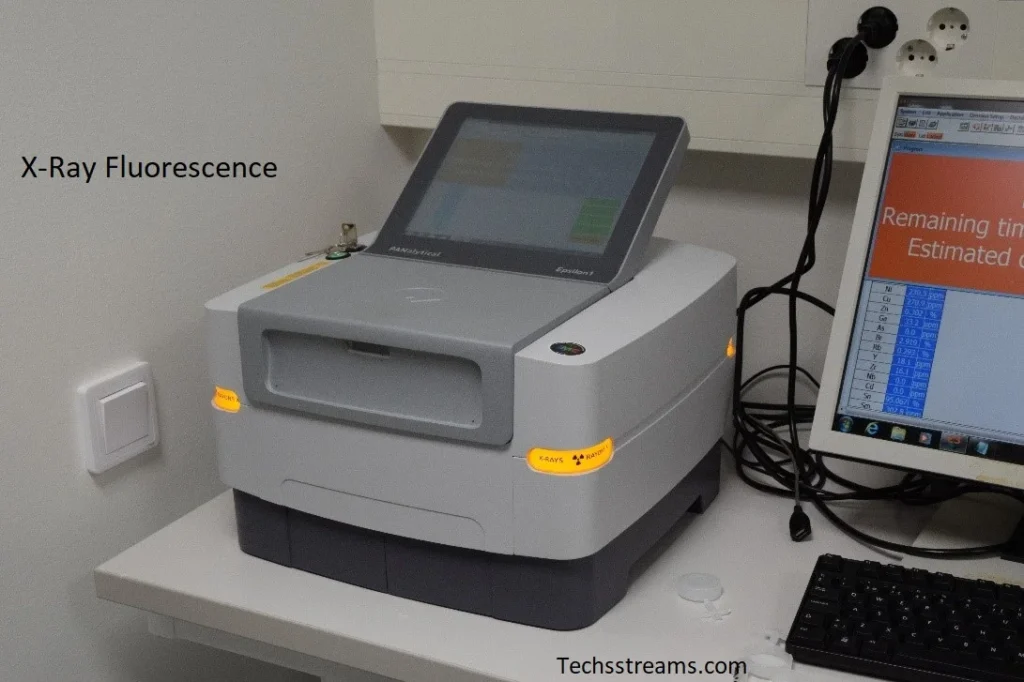
X-ray Fluorescence Spectroscopy (XRF) is a powerful analytical technique used in various fields such as chemistry, materials science, and archaeology. By analyzing the characteristic X-rays emitted by a sample when it is irradiated with X-rays, XRF provides valuable information about the elemental composition of materials.
Principles of XRF
XRF relies on the interaction between X-rays and matter. When a sample has exposed to high-energy X-rays, the atoms within the sample have excited, leading to the emission of characteristic X-rays. This process has governed by the principles of X-ray generation, excitation of atoms, and emission of X-rays.
X-ray Generation: X-rays are generated using an X-ray tube, where electrons have accelerated and then decelerated upon hitting a target material, resulting in the production of X-rays.
Excitation of Atoms: When the sample has irradiated with X-rays, inner-shell electrons of the atoms have ejected, leaving behind electron vacancies. Electrons from higher energy levels then transition to these vacancies, emitting characteristic X-rays in the process.
Emission of X-rays: The emitted X-rays have energies specific to the elements present in the sample, allowing for the identification and quantification of elements.
Instrumentation and Components
XRF instruments consist of several key components, including the X-ray source, sample chamber, and detector. The X-ray source generates the primary X-rays, which interact with the sample in the sample chamber. The detector then measures the intensity and energy of the emitted X-rays, providing data for analysis.
Types of XRF Analyzers
There are two main types of XRF analyzers: Energy Dispersive XRF (EDXRF) and Wavelength Dispersive XRF (WDXRF). EDXRF analyzers have commonly used for rapid analysis of samples, while WDXRF analyzers offer higher resolution and precision.
Applications of XRF
XRF finds widespread applications in various fields, including material analysis, environmental monitoring, and archaeology. It has used to analyze the composition of metals, minerals, soils, and artifacts, providing valuable insights for research and industry.
Advantages and Limitations
XRF offers several advantages, including non-destructive analysis, high sensitivity, and wide elemental coverage. However, it also has limitations, such as limited depth penetration and susceptibility to matrix effects.
Recent Advances in XRF Technology
Recent advances in XRF technology have focused on improving sensitivity, resolution, and speed of analysis. Techniques such as micro-XRF and portable XRF instruments have expanded the capabilities of XRF analysis, enabling on-site and in-situ measurements.
Conclusion
X-ray Fluorescence Spectroscopy is a versatile analytical technique that plays a crucial role in various scientific and industrial applications. By providing rapid and non-destructive elemental analysis, XRF contributes to advancements in materials science, environmental monitoring, and cultural heritage preservation.